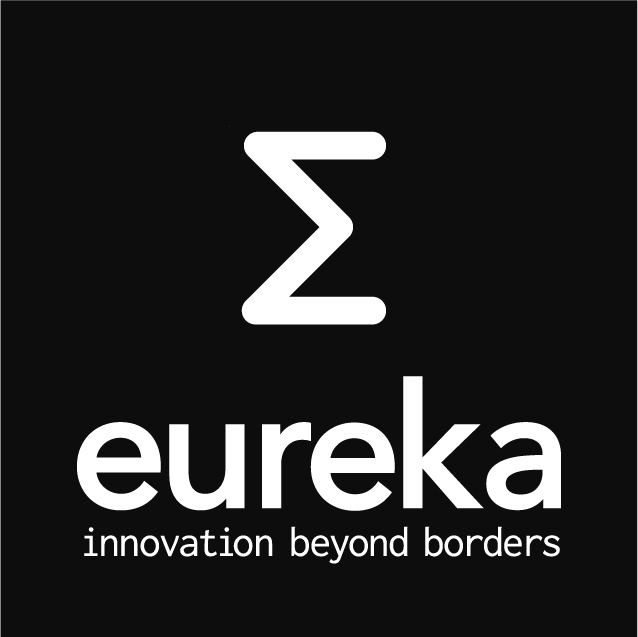Finished Project

TIGER2
Togehter IP, GMPLS and Ethernet Reconsidered – II
- Project website
- Project leaflet
![]()
| Project Coordinator | Project Consortium | |
| Laurent Ciavaglia Alcatel-Lucent France e-mail: laurent.ciavaglia <at> alcatel-lucent.com |
Alcatel-Lucent Bell Labs, FR | Telefonica I+D, ES |
| France Telecom Orange Labs, FR | Universitat de Girona, ES | |
| Marben Products, FR | CTTC, ES | |
| Telecom Paris Tech, FR | GRN Serveis Telematics S.L., ES | |
| RAD Data Communications, IL | BUTE, HU | |
| Intercom Telematica Girona S.L., ES | AITIA International Inc., HU | |
This is a “Celtic” project;
| Project Key Information | ||||
|
Start date |
End date | Budget (total) | Effort (total) | Project-ID |
| November 2008 | December 2010 | 4.7 M€ | 43.5 PY | CP5-024 |
| Abstract |
|
TIGER2 is a continuation and an enrichment of the TIGER1 project. TIGER1, which ended in June 2008, has set the bases of an integrated network architecture, combining tightly and efficiently the IP, GMPLS and Ethernet technologies in metropolitan, carrier-class environments. The purpose of TIGER2 is to build on the outcomes (specifications, evaluations, partnerships) of TIGER1 and also to explore new horizons. TIGER2 will capitalize on the architectural and functional specifications, plus the benchmarking of the “TIGER solution” designed during the TIGER1 project. For this reason, TIGER2 is undeniably a continuation of TIGER1 but also a project that explores new networking issues. First, TIGER2 will address a wider scope. In addition to the metropolitan networks, the project will investigate the core network area and study how to apply and adapt the principles of the TIGER solution to the backbone network requirements. In order to provide a consistent end-to-end approach, the interconnection and interworking issues at the boundary between the metropolitan area and the core area need to be investigated. Therefore, TIGER2 will cover multi-domain/inter-domain studies. In parallel, the metropolitan area will also be further explored. Content Optimized Metro (COM) deals with a reorganization of the infrastructure towards simpler and fewer interconnections. The network architecture is simplified through the development of long-reach PONs, optics and enhanced by the introduction of more flexible and content-aware hardware. Another key objective of TIGER2 will be to estimate and analyze the impact of the access networks evolution (fixed and wireless) on the metropolitan network architecture. Service Providers are already starting to propose new services (and so new requirements for the network) with the intensification of the FTTX deployments. Network Operators also share a keen interest in integrated solutions providing an enhanced manageability and simpler network operations. Thus, TIGER2 will investigate network management architectures (including both management and control techniques) to push a distributed, simpler and more autonomous network-operating framework (self-management aspects). Finally, TIGER2 is truly a continuation of TIGER1, because it aims at exploiting the results of TIGER1 (and TIGER2) and evaluating the solutions proposed in realistic conditions through an emulated networking infrastructure. According to the availability of an experimental testbed, integration and inter-operability tests of the TIGER’s solutions may be demonstrated. |



